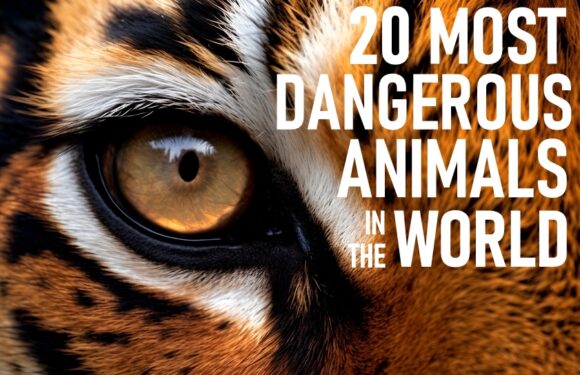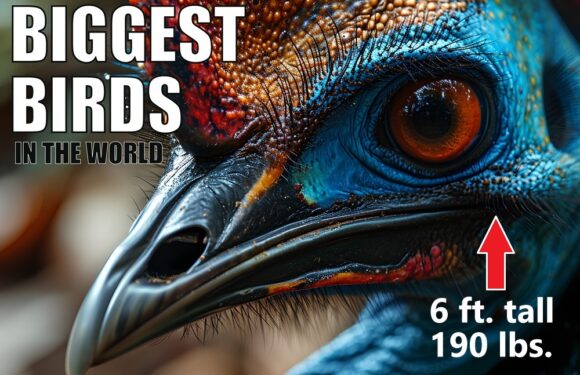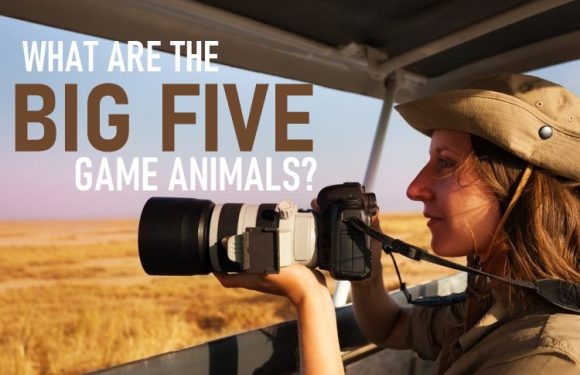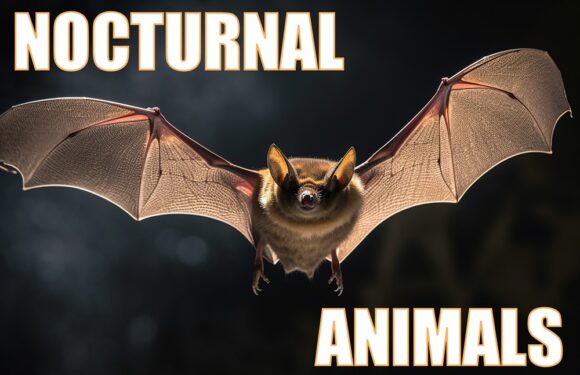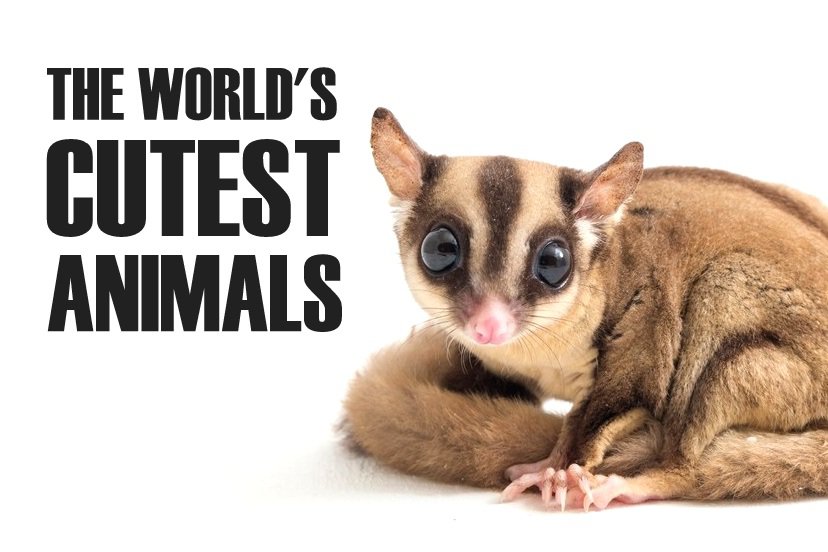
Humans have a natural tendency to find certain animal species “cute”. The concept of cuteness isn’t merely a cultural construct but is anchored in our evolutionary biology and neurological responses.
What Makes an Animal “Cute”?
Central to our perception of cuteness is the concept of neoteny, where juvenile features are retained into adulthood. These features include large eyes, small noses, round faces, and a small body. This is closely related to the ‘baby schema’ theory proposed by ethologist Konrad Lorenz.
The theory posits that baby-like characteristics trigger nurturing responses in adults, a mechanism vital for the survival of offspring. When we see animals that exhibit these traits, our brains release neurotransmitters like dopamine, which evoke feelings of pleasure and caretaking.

In this list, you may notice that most of the animals humans deem as “cute” are furry. Studies have shown that petting a furry animal can increase levels of serotonin and dopamine, neurotransmitters associated with happiness and well-being. This contributes to the perceived cuteness of furry animals. Culturally, furry animals are often portrayed as friendly, approachable, and affectionate in media and literature, reinforcing our natural inclinations.
Finally, small animals are often perceived as being less threatening and more playful. In the human mind, their diminutive size is associated with harmlessness, evoking a desire to protect rather than to defend oneself from.
The World’s Cutest Animals
Quokka
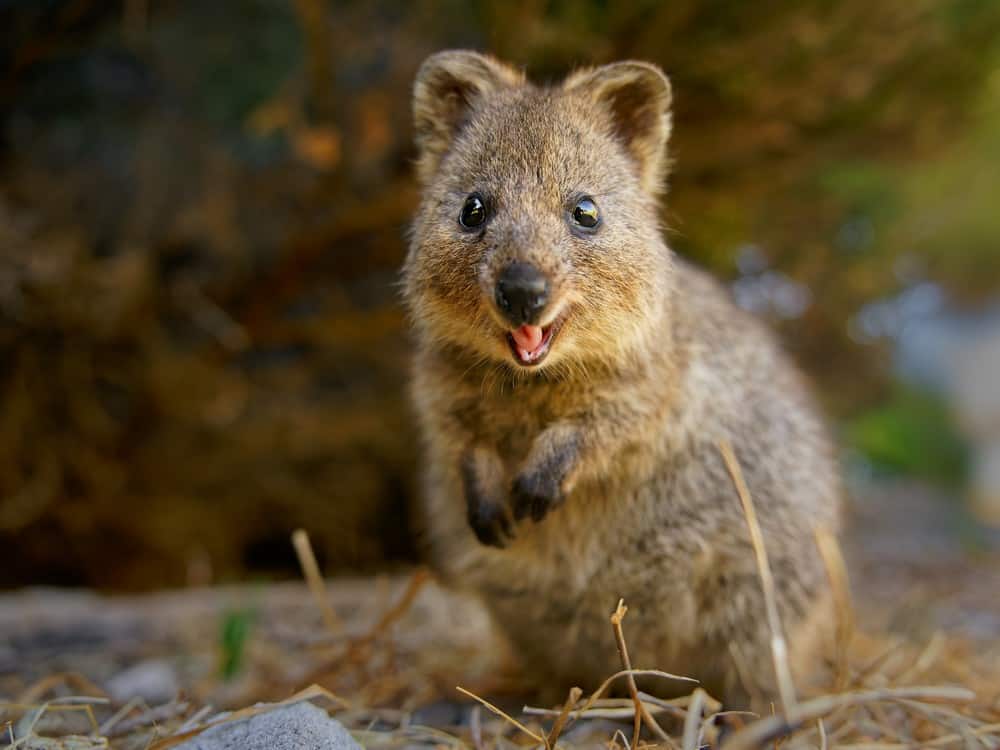
The quokka, a small marsupial native to Australia, is often regarded as one of the happiest animals in the world due to its characteristic smile-like facial expression. Residing primarily on small islands off the coast of Western Australia, these nocturnal creatures are part of the kangaroo and wallaby family. They are known for their curious and friendly nature, often approaching humans without fear. Quokkas are herbivores, feeding on a variety of grasses and leaves. Their photogenic demeanor has made it a popular subject for wildlife photography.
Slow Loris
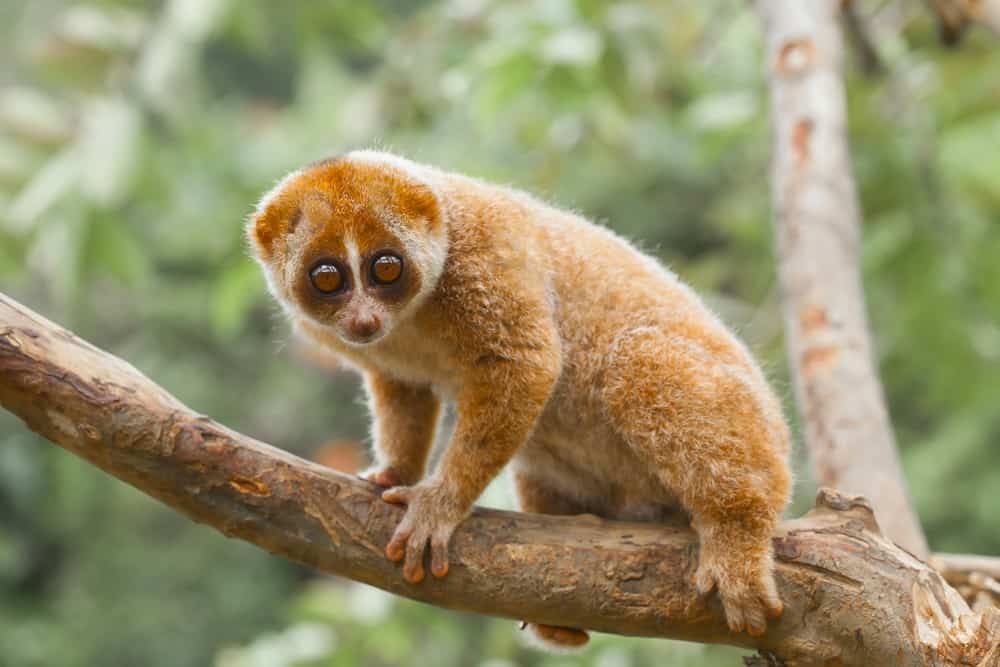
The slow loris is a small primate found in Southeast Asia. It is known for its large, expressive eyes and slow, deliberate movements. These nocturnal creatures have a round face with distinctive markings. Despite their cute appearance, slow lorises have a toxic bite, a rare trait among mammals. They are arboreal, spending most of their life in trees, and feed on fruits, insects, and small fauna. Slow lorises face threats from habitat loss and the illegal pet trade.
Seal

Seals are known for their playful nature and endearing appearance. With their streamlined bodies, they are adept swimmers, often seen gliding effortlessly through the water. On land, their clumsy and awkward movements contrast sharply with their aquatic grace. Seals are social animals, commonly found resting in large groups on shores or ice floes. Their vocalizations, ranging from barks to grunts, add to their charismatic persona. Seals are found in both polar and temperate climates.
Gecko

Geckos are small lizards known for their vibrant colors and ability to climb smooth surfaces. This ability is due to the microscopic hairs on their feet, a marvel of natural engineering. Geckos are found in warm climates around the world and are recognized by their chirping sounds. Many species have the ability to regenerate lost tails, a defense mechanism against predators. Geckos are one of the most popular reptiles to be kept as pets as they tend to be docile and relatively easy to care for.
Miniature Pig

Miniature pigs, also known as teacup pigs, have gained popularity as pets due to their small size and intelligent nature. These pigs are playful and often form strong bonds with their owners. Despite their name, mini pigs can grow larger than expected, 20 inches (50 cm) tall and 150 pounds (68 kilograms) in weight. As curious and smart animals, they enjoy exploratory activities and mental stimulation. They can be trained similarly to dogs, making them beloved companions.
Flying Lemur
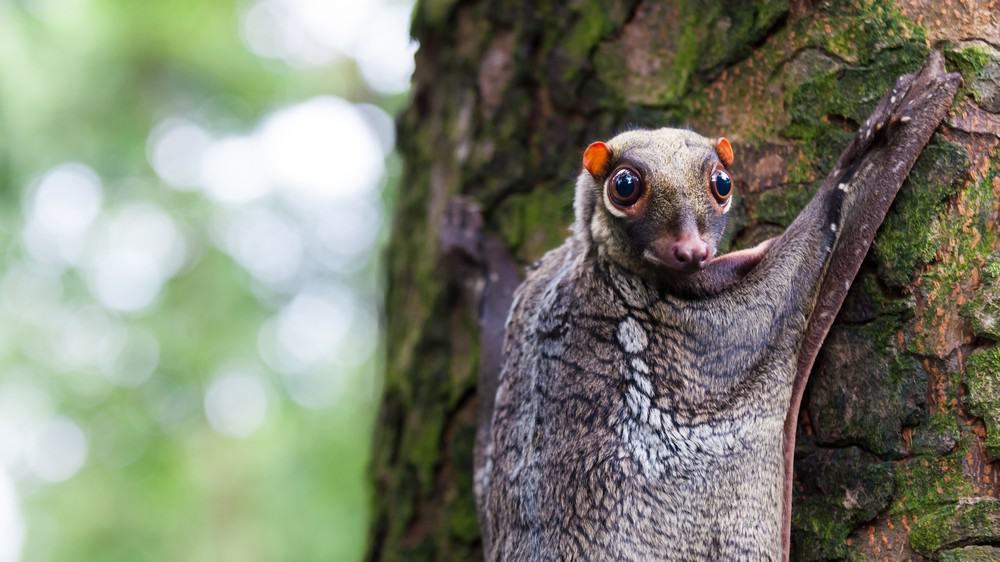
The flying lemur, also known as the colugo, is not a true lemur. Found in Southeast Asia, it’s known for its extraordinary gliding ability, using a large membrane stretching between its limbs to travel long distances between trees. This nocturnal animal has a gentle face and big eyes and feeds mainly on leaves, flowers, and fruits. It spends most of its life in the trees, rarely descending to the ground. The flying lemur has a shy, elusive nature.
Sloth

Sloths are native to the rainforests of Central and South America. These tree-dwelling mammals spend most of their lives hanging upside down from branches, aided by their long, strong claws. Sloths have an extremely low metabolic rate, which means it can take a long time to convert food into energy. Because they do not want to waste energy unnecessarily, they move at a slow pace. Sloths have an adorable appearance, with a small face, large eyes, and a smile-like mouth.
Pufferfish

Puffer fish have one of the most dramatic defense mechanisms of any creature in the sea. They can inflate into a ball-like shape when threatened, making them to two to three times its original size. This ability comes from their elastic stomachs, which they can quickly fill with water or air. Many pufferfish species also contain tetrodotoxin, making them highly poisonous. However, consuming the fish is considered a delicacy in some culinary traditions, such as Japan. Pufferfish are found in tropical and subtropical ocean waters.
Panda

The giant panda, native to China, is unmistakable due to its distinguishing black and white fur. Scientists believe that these markings helps the panda camoflauge itself in snowy and sunny environments. Their diet is primarily bamboo, a reflection of their specialized habitat requirements. Pandas need to consume a large amount of food, from 70 to 100 pounds (32 to 45 kg) of bamboo each day, to get all their nutrients. These bears are emblematic of global conservation efforts, owing to their status as a vulnerable species.
Koala

Indigenous to Australia, the koala is often likened to a plush toy, with its fluffy ears and prominent nose. Although sometimes called koala bears, they are not related to bears at all. They are arboreal marsupials who primarily feed on eucalyptus. Though eucalyptus is poisonous to most animals, koalas have a special fiber-digesting organ, called a caecum, that helps detoxify the chemicals in the leaves. Koalas are known to sleep 18 hours a day.
Fennec Fox
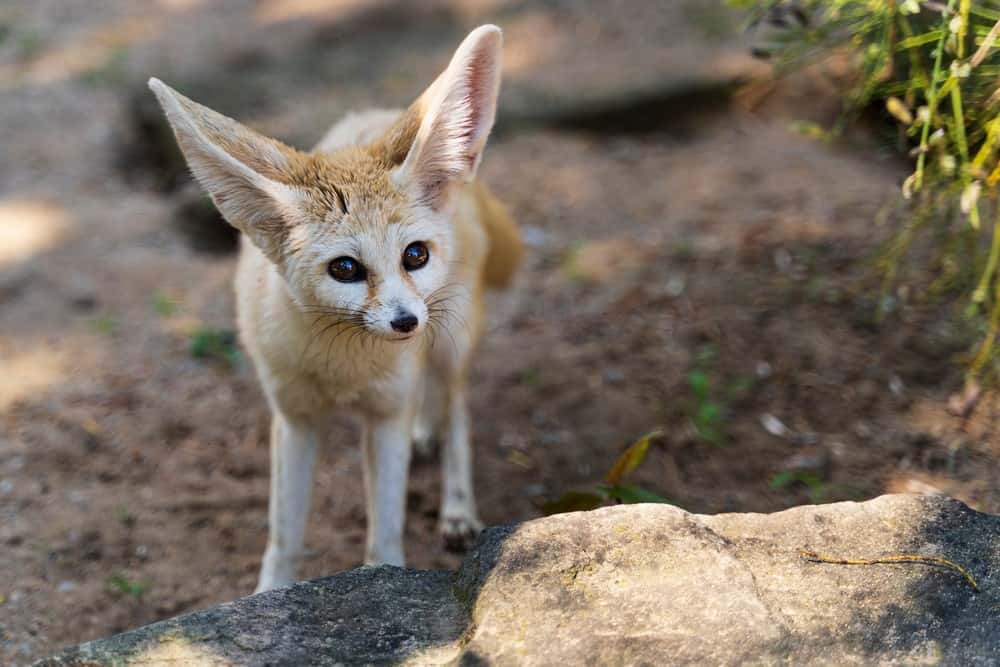
The fennec fox, native to the Sahara Desert, is the smallest fox in the world. It is characterized by its disproportionately large ears, which helps it listen for prey underground and aids in thermoregulation. The fox stays burrowed in the sand during the day to avoid the extreme heat and emerges from its den at dusk to search for food. They feed on insects, rodents, snails, lizards, plants, fruits, roots, and eggs.
Hedgehog
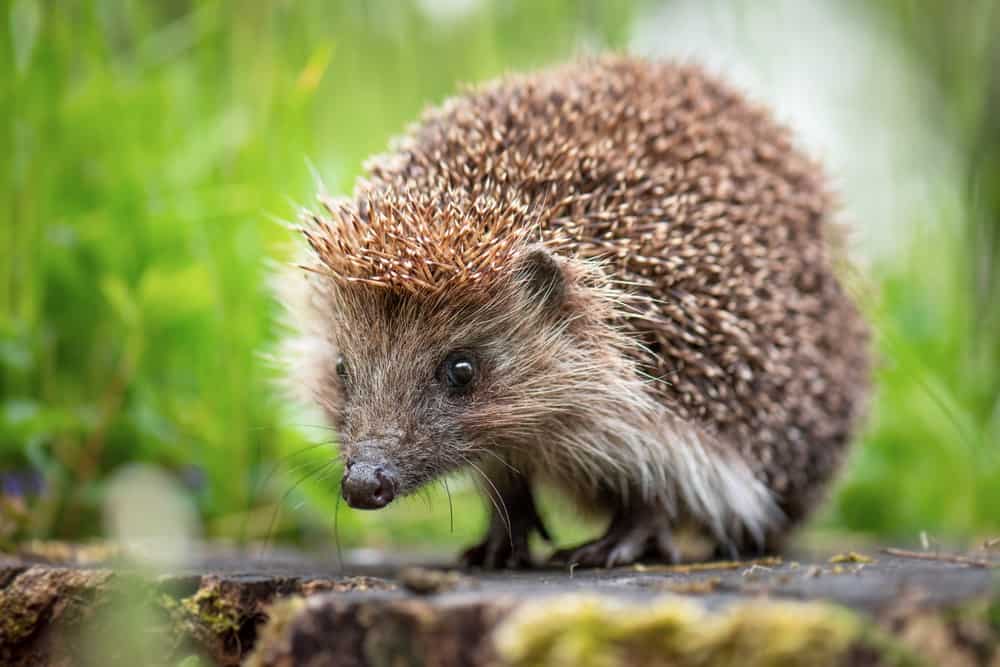
Hedgehogs are known for their prickly, spiny coats. These small mammals, found in Europe, Asia, and Africa, roll into a tight ball as a defense mechanism. By curling and tucking in their heads, tail and legs, they protect vulnerable parts of their body. Hedgehogs find their food by rooting through “hedges” to eat insects, worms, eggs, snails, mice, frogs, and snakes. They have a strong sense of smell and their curved claws make them exceptional diggers.
Penguin
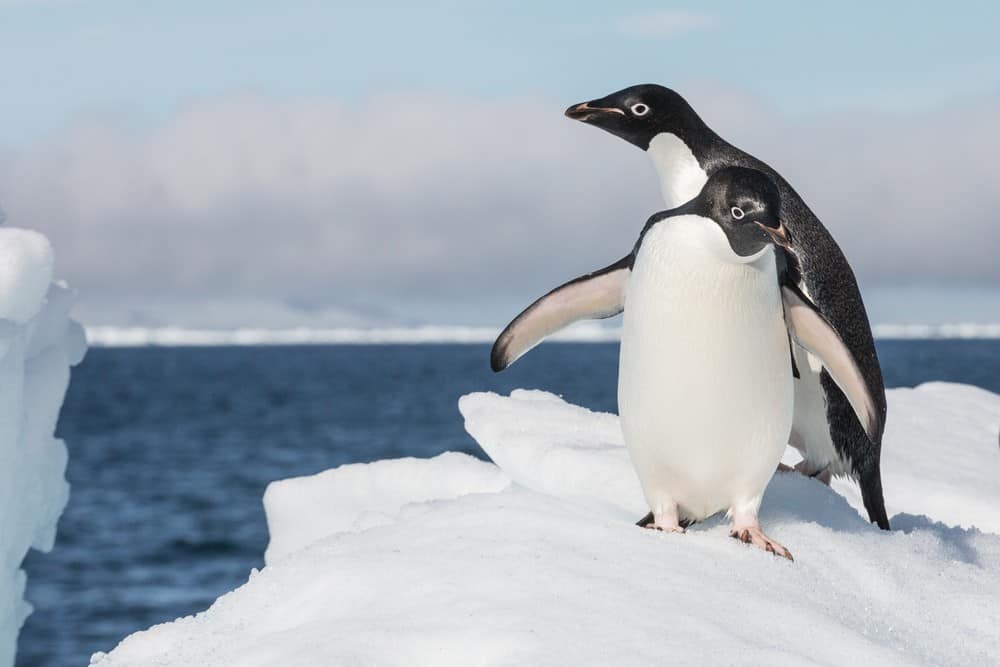
Penguins are flightless birds with impressive aquatic adaptations. Their wings are used as flippers to effortlessly propel them through water. Gentoo penguins, the world’s fastest swimming birds, can swim underwater at speeds of up to 22 mph (36 km/h). With thick layers of feathers and extra reserves of body fat, penguins can endure some of the world’s harshest climates and coldest oceans. They primarily live in a variety of different climates across the Southern Hemisphere and are most concentrated in Antarctica.
Red Panda
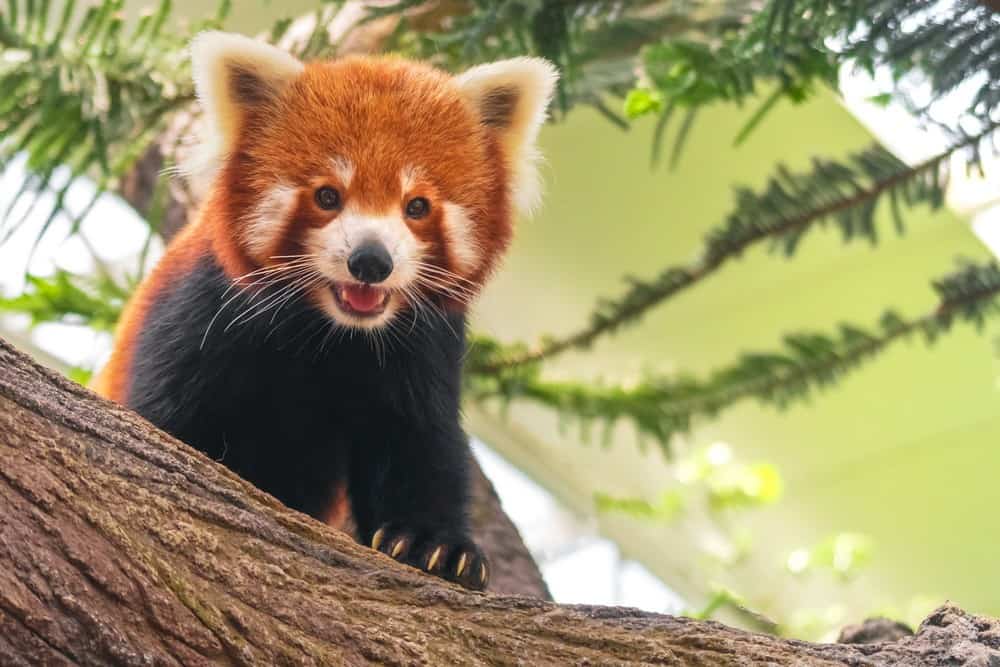
The red panda is found in the mountainous regions of the eastern Himalayas and southwestern China. Its name might lead you to think that its closest relative is the giant panda, but they are most closely related to raccoons. With its reddish brown fur and a bushy, ringed tail, this arboreal mammal is adept at navigating the high canopy, where it primarily feeds on bamboo. The red panda is an endangered species, facing threats from habitat loss and fragmentation.
Rabbit

Rabbits are found in various parts of the world. They are known for their long ears, soft fur, and reproductive efficiency. As you might expect, a rabbit’s ears allow it to hear long distances. Their ears can also rotate 180 degrees so that they can listen in any direction. Since rabbits are prey animals, their ability to evade predators comes from their great hearing and their quickness.
Chinchilla

Native to the Andes Mountains, chinchillas possess some of the densest fur coats in the animal kingdom. They have up to 60 hairs per follicle, unlike humans, who typically have only one hair per follicle. Their thick fur allows them to stay warm at high altitudes and cold climates. When in danger, chinchillas can release a partch of their fur, called “fur slip”, to escape a predator. Unfortunately, their fur is also the reason they are endangered as they have been hunted by humans.
Sea Otter
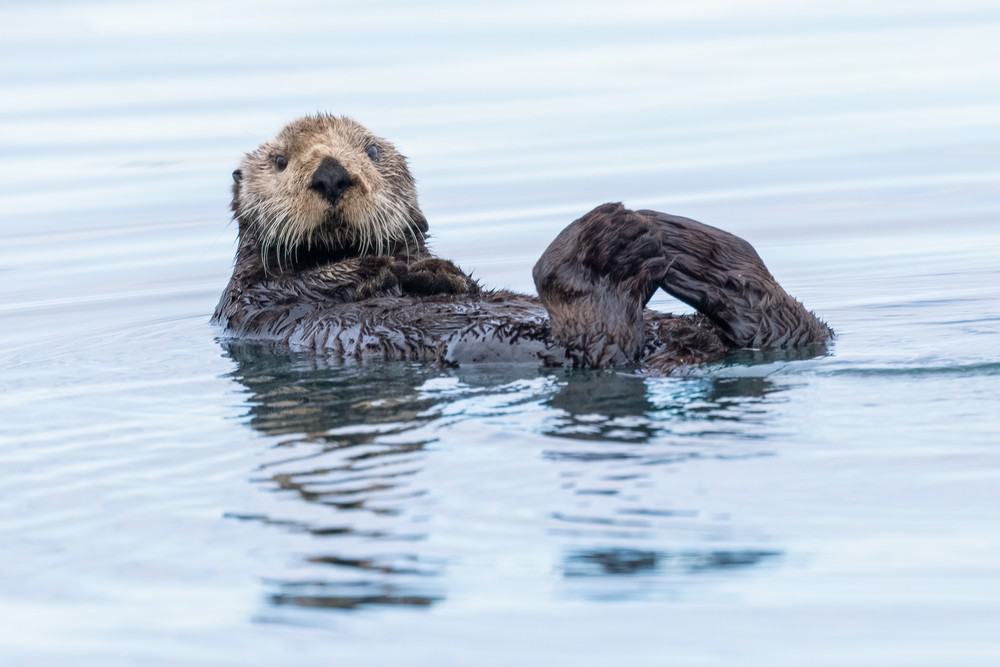
The sea otter is an aquatic mammal found along the coasts of the Pacific Ocean. Known for their voracious appetites, sea otters eat 25% of their body weight in food every day. Their diets include sea urchins, crabs, mussels, and clams, which they’re known to crack open with a rock and eat while floating in the water. Sea otters have the thickest fur of any animal, containing between 600,000 to 1,000,000 hair follicles per square inch.
Sugar Glider

The sugar glider is a small marsupial native to Australia, Papua New Guinea, and Indonesia. They have large eyes and a long, prehensile tail. As the name suggests, sugar gliders have a pair of parachute-like membranes, known as patagia, which extend from its forelegs to its hindlegs. This enables them to glide from tree to tree as a means of reaching food and evading predators. These creatures enjoy eating sugar, favoring the sweet sap of the eucalyptus tree. They also supplement their diet with pollen, nectar, insects, and small vertebrates.
Guinea Pig

Guinea pigs are originally from the Andes, but are now widely kept as pets. They are known for their vocalizations and social nature. Guinea pigs have been important in scientific research and as a food source in some cultures. Even though male guinea pigs are called boars and females are called sows, they are rodents. Their name comes from the pig-like squeaking noises they can make.
Pygmy Marmoset
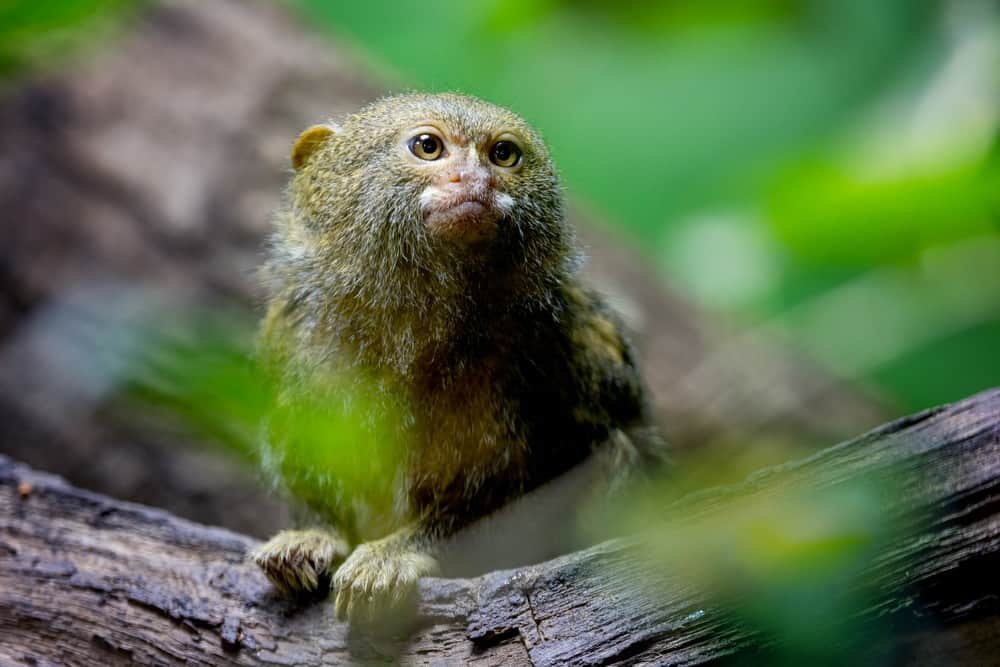
The pygmy marmoset is the world’s smallest monkey, weighing around 100 grams measuring no more than 6 inches in body length. Native to the rainforests of South America, this diminutive primate exhibits a lion-like mane around the face and intricate patterns on its fur, varying from shades of brown to gold. Their diet primarily consists of tree gum, which they access by gnawing holes in bark with their specialized dentition.




















































